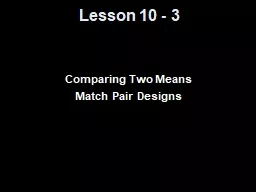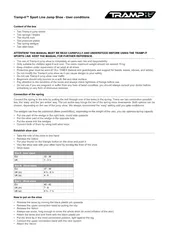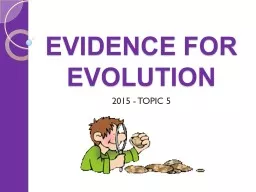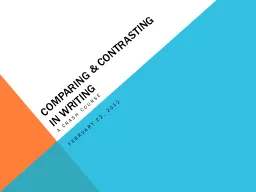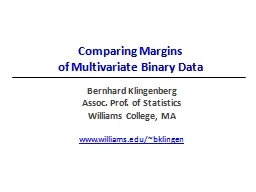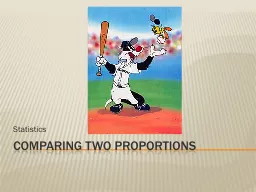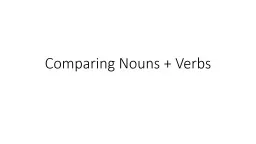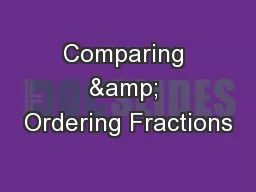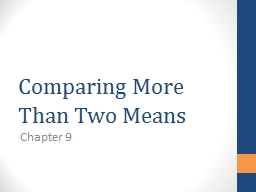PPT-Lesson 10 - 3 Comparing Two
Author : phoebe-click | Published Date : 2020-04-09
Means Match Pair Designs Objectives Analyze the distribution of differences in a paired data set using graphs and summary statistics Construct and interpret a confidence
Presentation Embed Code
Download Presentation
Download Presentation The PPT/PDF document " Lesson 10 - 3 Comparing Two " is the property of its rightful owner. Permission is granted to download and print the materials on this website for personal, non-commercial use only, and to display it on your personal computer provided you do not modify the materials and that you retain all copyright notices contained in the materials. By downloading content from our website, you accept the terms of this agreement.
Lesson 10 - 3 Comparing Two : Transcript
Download Rules Of Document
" Lesson 10 - 3 Comparing Two "The content belongs to its owner. You may download and print it for personal use, without modification, and keep all copyright notices. By downloading, you agree to these terms.
Related Documents

